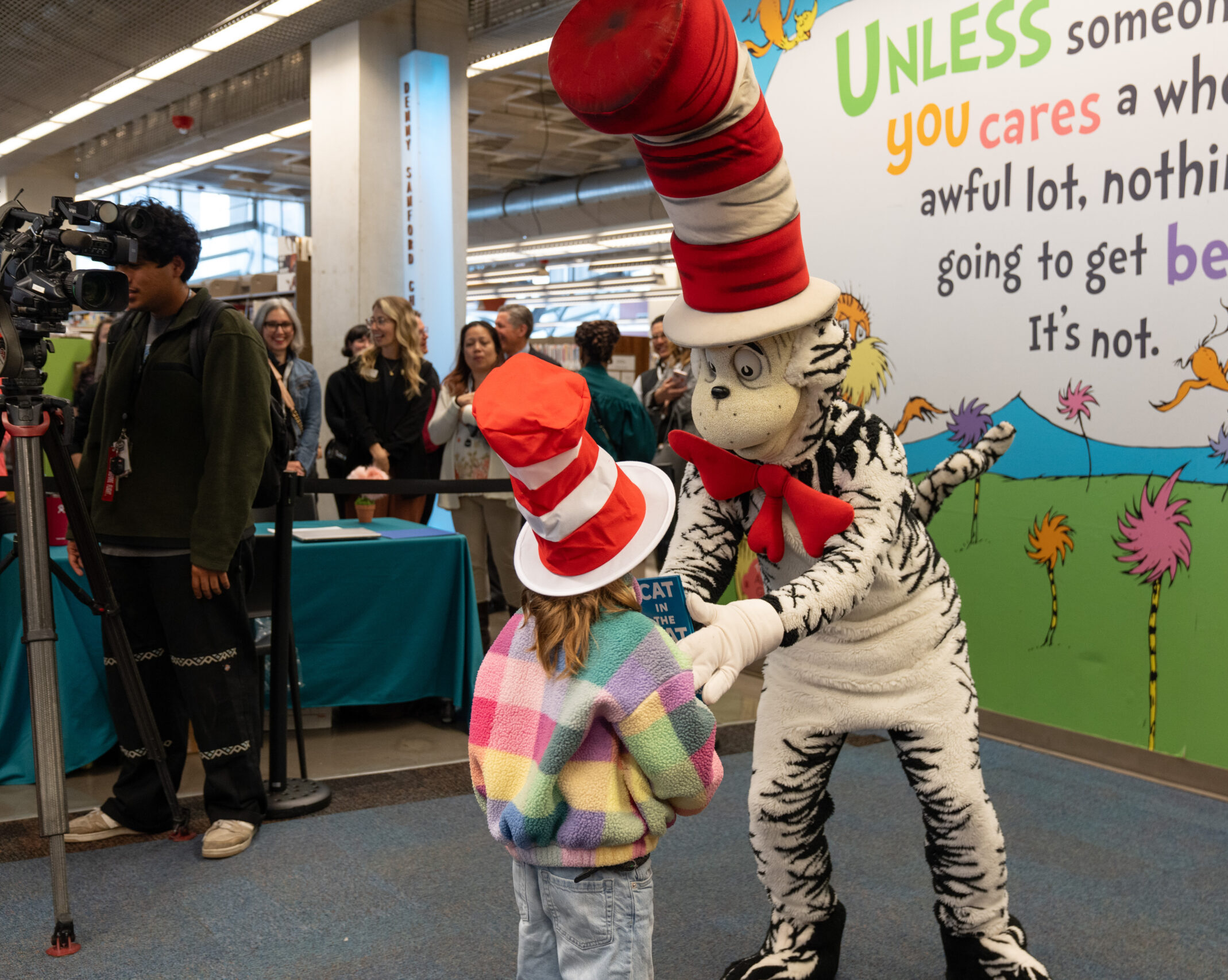Though children begin learning language the moment they arrive in this world, there is a foundational need to read and write to be successful. Fortunately, spoken language is intertwined in the literacy learning processes of a child.
Defining Emergent Literacy
According to the American Speech-Language-Hearing-Association (ASHA), in the earliest stages of speech and language development, children learn the necessary skills for the development of literacy – i.e., reading and writing. This period of child development, known as emergent literacy, begins at birth and continues through preschool.
As children are introduced to books and magazines and notice the printed street signs all around them, they begin to recognize words, notice rhymes and patterns, and identify letters of the alphabet. Over time they connect what they’ve learned about speaking and listening with what they recognize in print and begin to piece together the skills for reading and writing.
Although emergent literacy is fundamentally about the behaviors of very young children as they begin to read and write, the U.S. Department of Health and Human Services Early Childhood Learning and Knowledge Center explains that it’s so much more than that. “…literacy goes beyond reading and writing. It encompasses the interrelatedness of language: speaking, listening, reading, writing, and viewing.
Importance of Emergent Literacy
Research has shown that a child’s experiences with talking and listening achieved during the preschool period helps them to be prepared for learning in kindergarten through third grade. Children who enter their early elementary school years without a solid foundation in verbal abilities are more likely to experience difficulties learning literacy skills than those who do not.
ASHA says that signs to look for in children that could indicate later writing and learning problems include:
- Persistent baby talk
- A disinterest or lack of appreciation for nursery rhymes or shared book reading
- A difficulty understanding simple directions
- A difficulty learning the alphabet or recognizing letters
- An inability to recognize or identify the letters in a child’s own name
Early Parental Intervention is Critical
The earlier a parent starts literacy instruction, the better. Emergent literacy instruction should have already been started before a child enters early elementary school. Without that foundation, a child’s ability to further language and literacy learning throughout their school years can be stifled. The key is to always make learning playful and fun. Some ideas for parents to help their children develop literacy include:
- Making reading a fun and regular part of their daily routine
- Encouraging your child to name things they see around them on walks and outings
- Singing with them and encourage rhyming games
- Rereading your child’s favorite book or books
- Encouraging art participation with crayons, markers, finger paints, etc.
- Asking your child questions at mealtimes or bath time to stimulate conversations
- Encouraging children to make lists, signs and charts; let your child just uses ‘marks’ or symbols as they learn their name or certain words
- Being a scribe for what your child says, such as asking your child what her favorite cookie is and then writing their response on a card in big letters for them to see
- Encouraging “book making” by leting your child create a story in book form with drawings, paintings, and any words they want to try
Emergent Literacy Post-Pandemic
The pandemic took a toll on education in a wide array of areas, but emergent literacy was a noticeable educational deficiency after the pandemic took hold. Fortunately, after years of academic interventions, young students are reading better than at any time since the pandemic began.
A recent article in EducationWeek shared that, for the first time since 2019 – 2020, the majority of students in every grade, from K-3, are on track to tackle grade-level reading by the end of the year, though no grade has yet matched its pre-pandemic performance levels.
The encouraging data also showed that “Black and Hispanic students in many grades are improving faster than average, shrinking the academic gaps that had widened during school disruptions.”
It’s important to note that Black and Hispanic students aren’t doing better than before the pandemic, but the achievement gap is not getting worse – it’s bouncing back. There is a lot of hope among educators that the U.S. will meet or exceed the pre-pandemic levels in the near future.
San Diego Foundation and Emergent Literacy
San Diego Foundation has been committed to early childhood learning in the region for years. In partnership with Dr. Seuss Foundation, the organizations have contributed a total of $2.25 million in grants to local nonprofits to increase access to quality, affordable, early education, and care since 2022. The $1.25 million in grants awarded in 2022 as part of the Early Childhood Initiative ensures San Diego’s children have the healthy early childhood development experience required to thrive in school and beyond.
The $1 million in grants awarded as part of the Early Childhood initiative at the beginning of 2023 continues their support of nonprofit organizations implementing strategic efforts to increase access to high-quality, affordable early education and support services for San Diego’s young children, ages 0 – 5, and their caretakers.
Since 2018, the San Diego Foundation Early Childhood Initiative has impacted the lives of more than 19,000 young children, by awarding more than $8 million to uplift kids, families and childcare providers by providing over 100 grants to 40-plus community-based organizations in San Diego County.
Learn more about the Early Childhood Initiative at SDF.





